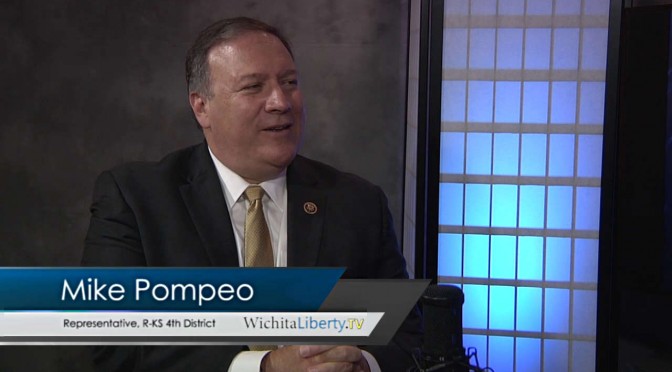Tag: Rhonda Holman
-

Intrust Bank Arena loss for 2016 is $4,293,901
As in years past, a truthful accounting of the finances of Intrust Bank Arena in downtown Wichita shows a large loss.
-

Intrust Bank Arena loss for 2015 is $4.1 million
The depreciation expense of Intrust Bank Arena in downtown Wichita recognizes and accounts for the sacrifices of the people of Sedgwick County and its visitors to pay for the arena.
-
Wichita Eagle opinion watch
Another nonsensical editorial from the Wichita Eagle.
-
‘Trump, Trump, Trump’ … oops!
An event in Wichita that made national headlines has so far turned out to be not the story news media enthusiastically promoted.
-

What else can Wichita do for downtown companies?
With all Wichita has done, it may not be enough.
-

WichitaLiberty.TV: Congressman Mike Pompeo
Congressman Mike Pompeo talks about passing legislation like the Safe and Accurate Food Labeling Act, the Iran nuclear deal and his role in discovering the secret side deals, and other topics.
-

Intellectuals vs. the rest of us
Why are so many opposed to private property and free exchange — capitalism, in other words — in favor of large-scale government interventionism? Lack of knowledge, or ignorance, is one answer, but there is another.
-

Sedgwick County WATC funding trajectory following manager’s recommendations
Sedgwick County taxpayers have been generous with funding for Wichita Area Technical College, and the former county manager has recommended reducing its funding.
-

Wichita Eagle editorial board on county budget
When someone invokes “ideology” in their criticism of you, you know that they’ve either run short of actual arguments based on fact, or they don’t know what ideological means.